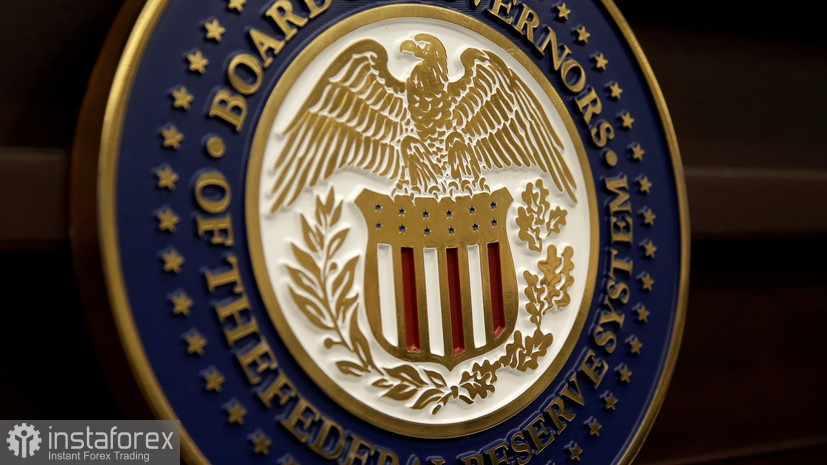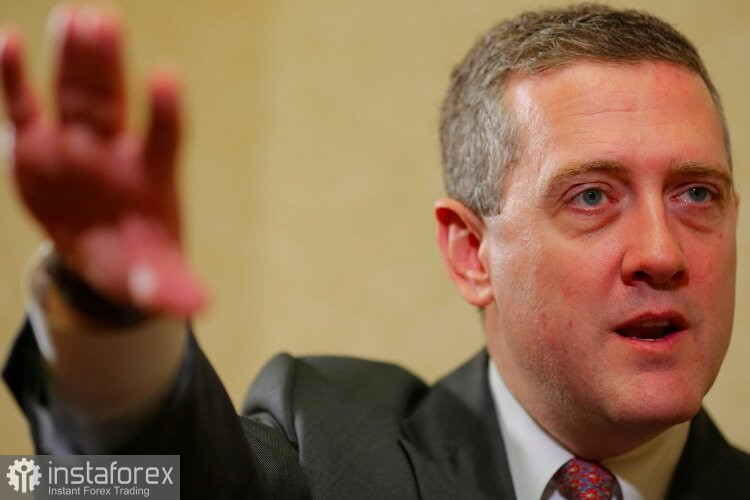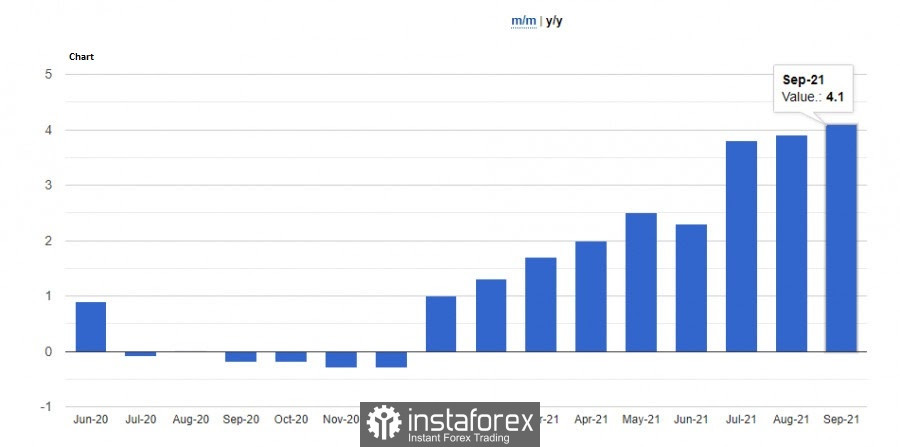Dollar did not rally because even though price pressure persisted, inflation did not jump sharply. Accordingly, the Fed is likely to adhere to its previous policy of cutting the bond purchase program in November or December this year.

Minutes of the September Fed meeting
Fed members reportedly agreed that there is a need to reduce bond purchases in order to support the economy as early as mid-November or mid-December. They said it is necessary amid growing concerns about inflation.
The minutes also indicated that Fed officials are monitoring whether labor supply will return to 2019 levels, and whether inflationary pressures will gradually fade. They mentioned that inflation is surging because of problems in supply chains and sharp rise in energy prices. Many are worried that high inflation will persist for a long time, and that financial conditions will become alarming in the near future.
Nevertheless, the Fed left interest rates near zero, but revealed that they are close to cutting monthly bond purchases by $ 120 billion. Fed Chairman Jerome Powell said they may resort to this as early as November, and end around mid-2022. The news led to a slight increase in risky assets, primarily due to a decrease in 10-year Treasury yields.

Inflationary pressures
US inflation has exceeded the Fed's 2% target. Some officials say problems in supply will cause price pressures to persist for a long time, affecting the period of recovery.
The US Department of Labor said CPI rose 0.4% m / m and jumped 5.4% y / y in September. Meanwhile, core inflation, which excludes volatile categories, is up 0.2% m / m.
Clearly, the unprecedented supply chain challenges, material shortages, high raw material prices and rising wages are weighing heavily on the costs of manufacturers, which led to more sustained inflation. Prices for food and housing rose especially strongly, while decline is evident in the prices of used cars and trucks, as well as clothing and airline tickets.
The data is likely to reinforce the Federal Reserve's push to taper bond purchases, especially since supply chain problems remained largely flat last month. The report also said US consumers faced higher prices for new cars, home furniture and accessories, which rose by a record 1.3%.

Considering this, it is not surprising that St. Louis Fed President James Bullard called on the central bank to act aggressively. He said the situation is uncertain, so they should be prepared to respond more aggressively. "I'd support starting the taper in November," Bullard said. "I've been advocating trying to get finished with the taper process by the end of the first quarter next year because I want to be in a position to react to possible upside risks to inflation next year as we try to move out of this pandemic . "
Bullard also noted that he is optimistic about the growth of the economy both this and next year. As such, he questioned the theory that inflation was driven primarily by problems in the supply chain. "A supply shock alone cannot cause inflation," Bullard said. "A supply shock being accommodated by very easy monetary policy, it's those two things that lead to inflation."
Atlanta Fed President Raphael Bostic also said he wants a more aggressive central bank reaction to what is happening.

In Europe, Destasis reported that CPI in Germany rose to 4.1% in September, from 3.9% in the previous month. Meanwhile, EU-harmonized inflation rose to 4.1%, from 3.4% in August.
Technical analysis for EUR/USD
A lot depends on 1.1610 because climbing above it will allow EUR/USD to reach 1.1640 and 1.1660. Meanwhile, a drop below the level will cause a drop to 1.1580, and then to 1.1560 and 1.1530.





















